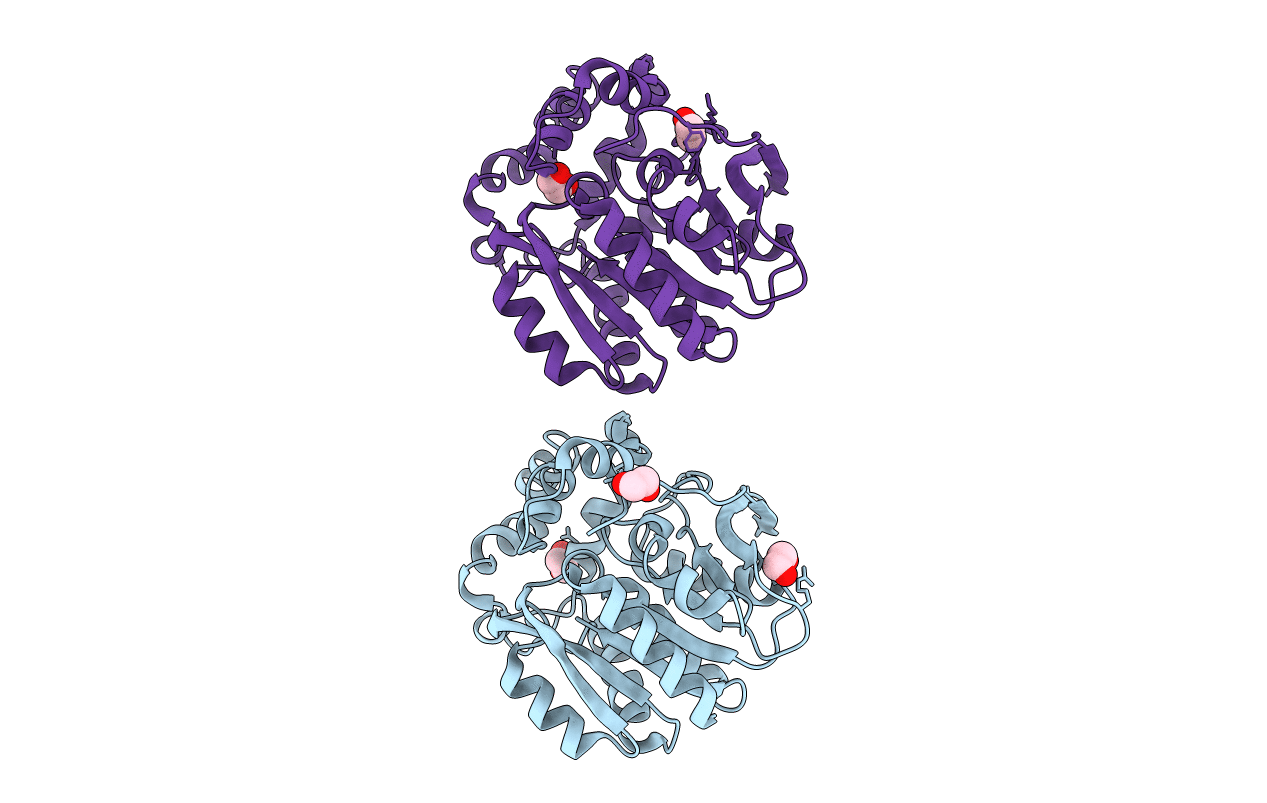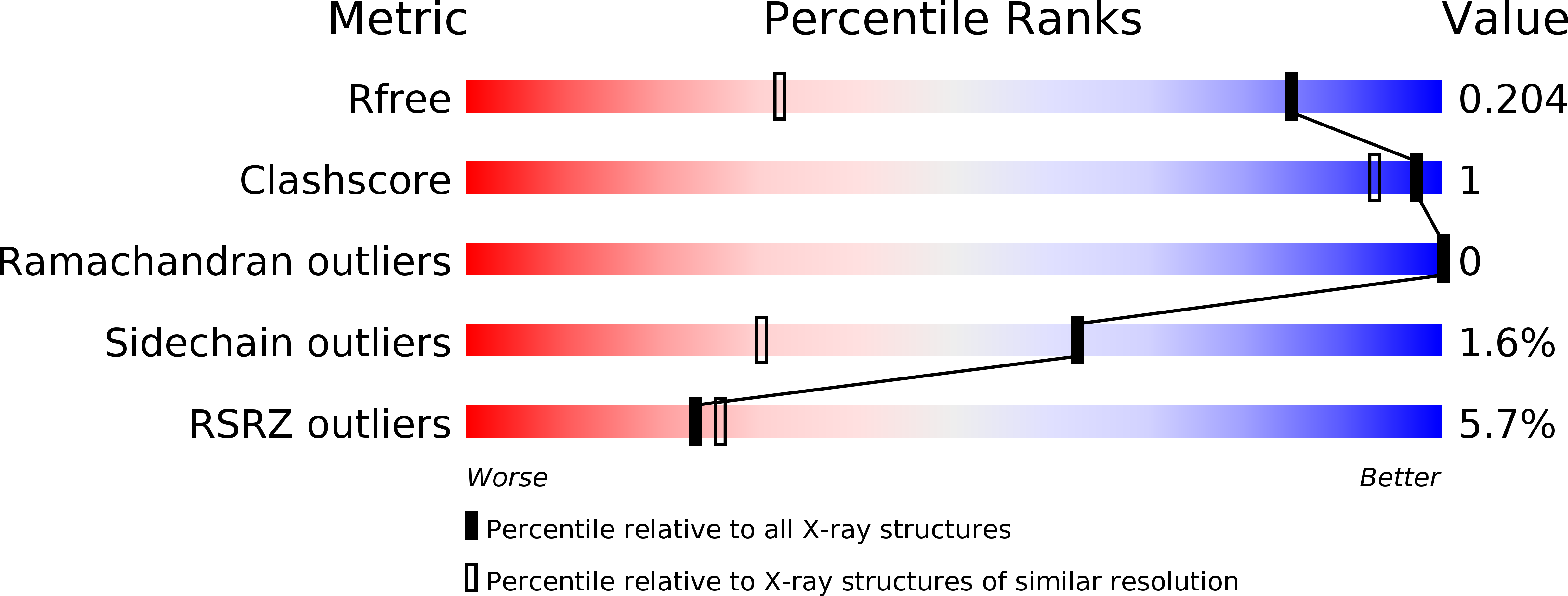
Deposition Date
2017-02-23
Release Date
2017-03-08
Last Version Date
2024-03-06
Entry Detail
Biological Source:
Source Organism:
Rhodococcus rhodochrous (Taxon ID: 1829)
Host Organism:
Method Details:
Experimental Method:
Resolution:
1.35 Å
R-Value Free:
0.19
R-Value Work:
0.18
R-Value Observed:
0.18
Space Group:
P 21 21 21


